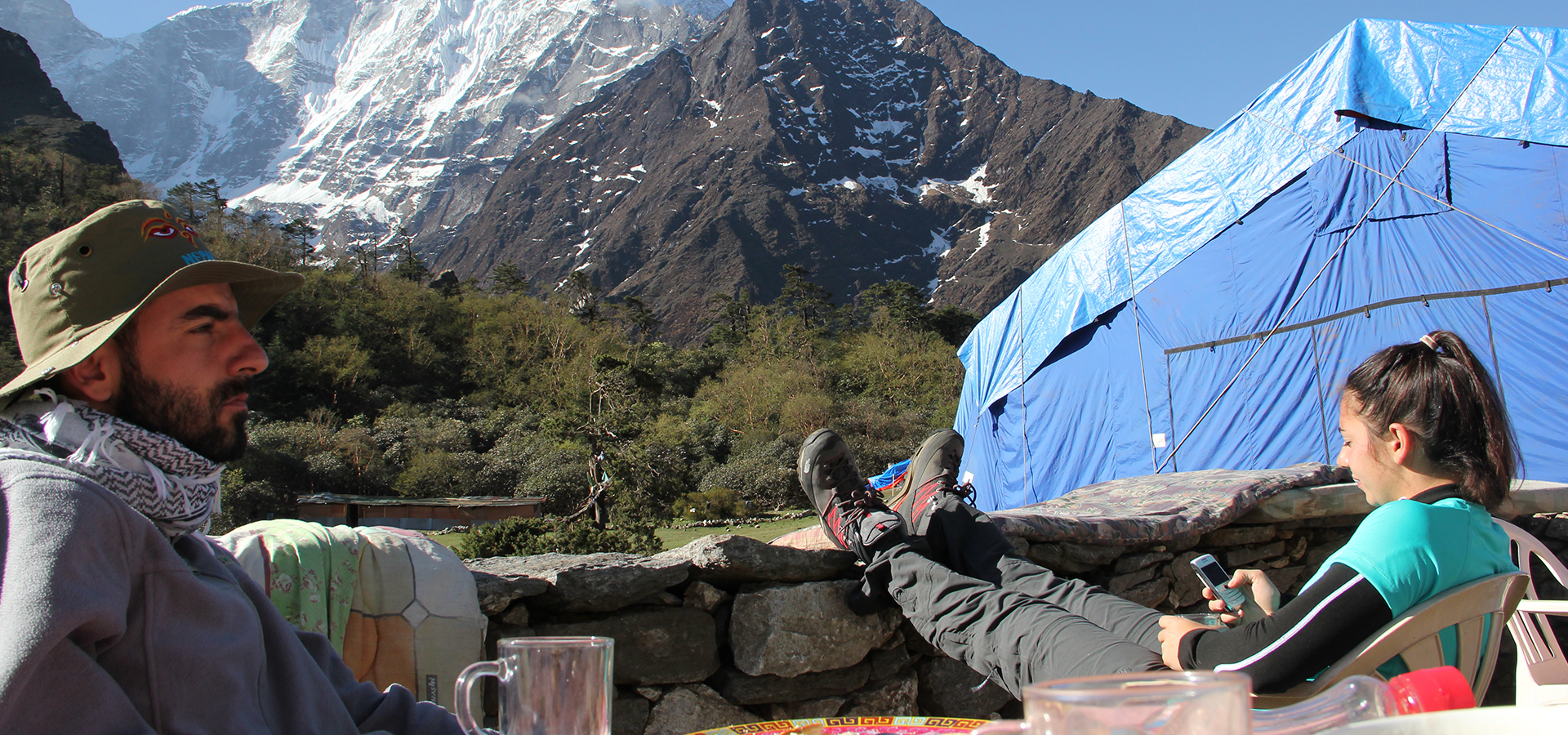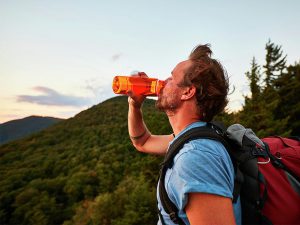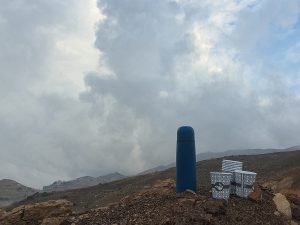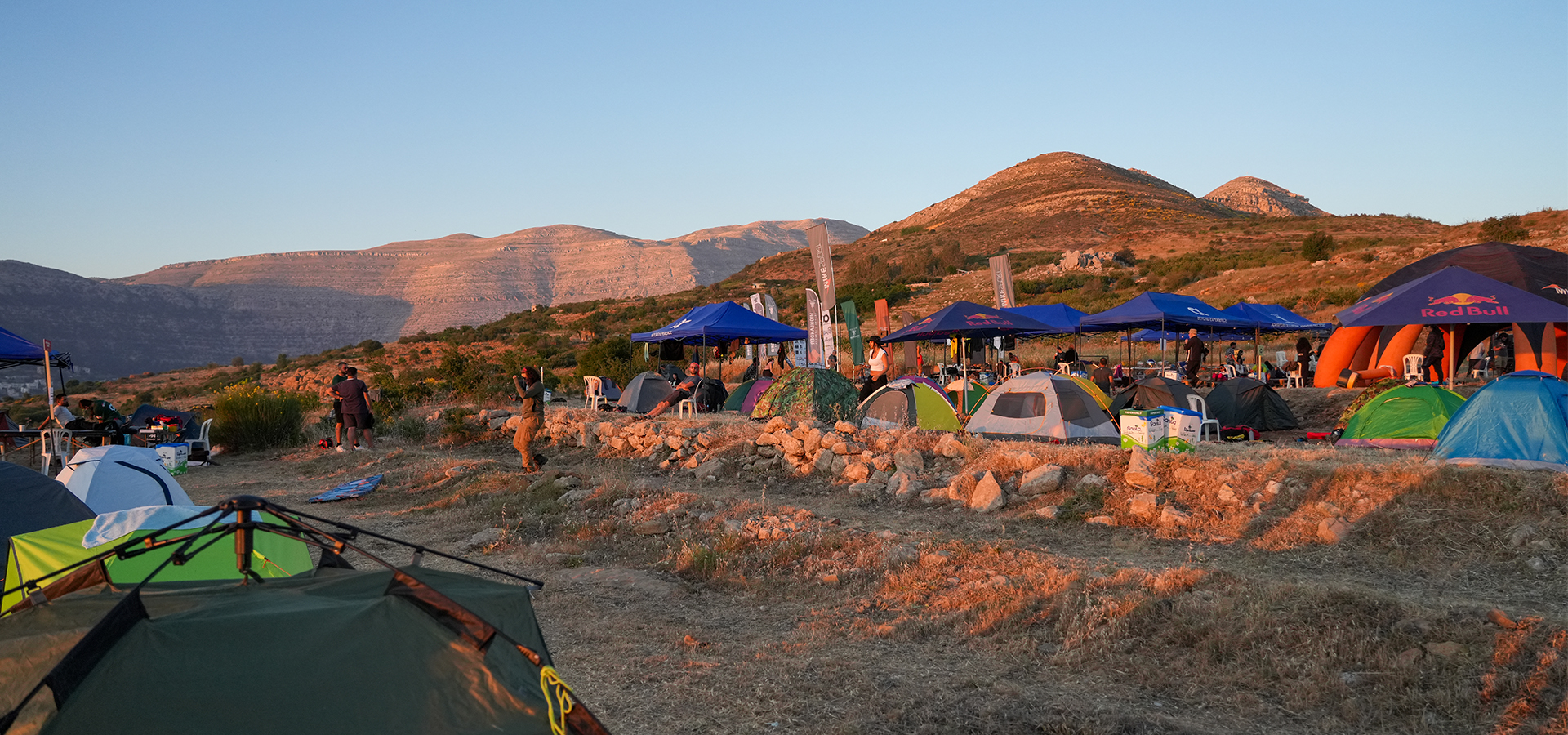
Altitude: The importance of drinking water + 5 Myths not to believe!!
- April 14, 2020
- 0
Cover Photo: Nafez Tawk & Youmna Saloumi, Tengboche.
Whether you’re skiing, mountain biking, trekking or hiking, you need to drink a lot of water at high altitude compared to what you would normally drink at lower levels. Drinking too little water can quickly lead to dehydration at altitudes above 1500m.
Defining High Altitude
The International Society for Mountain Medicine defines high altitude as between 1500m and 3000m, very high altitude as between 3000m and 5500m, and extreme altitude as any height above that. The higher you go, the greater the effects on your body and the more important it is to stay hydrated.
Effects of Altitude
Humidity is lower at higher altitudes. Sweat evaporates quickly and you may not realize how much water you are losing through exertion. The lower oxygen levels also make you breathe in and out faster and more deeply, so that you lose more water through respiration. According to the Wilderness Medical Society, you lose water through respiration at high altitude twice as quickly as you do at sea level. High altitude can also make you need to urinate more often and can blunt your thirst response, putting you at even greater risk of dehydration.

Dehydration and Altitude Sickness
Not only is dehydration risky on its own, but it can mask or worsen the symptoms of altitude sickness, a potentially life-threatening condition that can affect some people at altitudes higher than 2400m. Dehydration and altitude sickness can both cause nausea, headaches and fatigue. Drinking a lot of water does not help prevent or alleviate altitude sickness. The only cure for altitude sickness is to descend to a lower altitude.
How Much Water to Drink
According to the Institute for Altitude Medicine, plan to drink an extra 1 to 1.5 liters of water daily when at high altitude. At altitudes above 3000m, you may also need to increase your intake of carbohydrates, so the Wilderness Medical Society recommends drinking a total of 3 to 4 liters daily of liquids containing 200 to 300 grams of carbohydrate. While it is important to drink enough water, drinking too much can be dangerous because it can dilute your body’s sodium levels, leading to weakness, confusion and seizures, according to the IAM. A good way to check if you’re well-hydrated is to check your urine. If your urine is dark rather than clear, you are dehydrated and need to drink more.
Below you can find some altitude myths that are widely believed all around the world.
ALTITUDE MYTHS
MYTH # 1 – DON’T USE CAFFEINE AT ALTITUDE.
We don’t know where this false assumption came from, but likely from the fact that caffeine is a mild diuretic (makes you pee). The concern is that it could dehydrate you and contribute to altitude sickness. This concern is unfounded unless you drink pots of black sludge coffee a day and little else. In reality, caffeine stimulates your brain, kidneys and breathing, all of which are helpful at altitude. And for those people who drink several caffeinated beverages a day, stopping abruptly can cause a profound headache.

MYTH #2 – DIAMOX MASKS SYMPTOMS OF ALTITUDE SICKNESS.
Taking Diamox to prevent AMS will not mask symptoms. It works on the same pathway that your own body uses to help you acclimatize. It is a carbonic anhydrase inhibitor that makes you urinate a base chemical called bicarbonate. This makes your blood more acidic and therefore stimulates breathing thereby taking in more oxygen. It speeds up your natural process of acclimatization and if you stop taking it you will not have rebound symptoms. It is one of the main medicines doctors use to prevent and treat acute mountain sickness (AMS).
MYTH #3 – PHYSICAL FITNESS PROTECTS AGAINST ALTITUDE SICKNESS.
Physical fitness offers no protection from altitude illness. In fact, many young fit athletes drive themselves too hard at altitude prior to acclimatizing thinking they can push through the discomfort. They ignore signs of altitude illness thinking it can’t affect them because they are fit and healthy. Everyone, regardless of fitness, is susceptible to AMS.
MYTH #4 – DRINKING EXTRA WATER WILL PROTECT YOU FROM ALTITUDE ILLNESS.
Staying hydrated is important at altitude. Symptoms of dehydration are similar to AMS. In reality you only need an additional liter to a liter and a half of water at altitude. Too much water is harmful and can dilute your body’s sodium level (hyponatremia) causing weakness, confusion, seizures, and coma. A good rule of thumb to assess for hydration is to check your urine. Clear urine indicates adequate hydration, dark urine suggest dehydration and the need to drink more water.

MYTH # 5 – CHILDREN ARE MORE SUSCEPTIBLE TO ALTITUDE ILLNESS.
Several studies have shown that children have similar rates of altitude illness as adults. No evidence exist that children are more susceptible to the altitude. If your child is otherwise healthy and the basic rules of acclimatization are followed they will likely do well at altitude. Children do get altitude illness and the main challenge in those very young is that they can’t communicate their headache and other symptoms. Excessive crying in a baby the first 1-2 days at altitude could be altitude illness. Children with AMS bounce back quickly with treatment as do most adults.











